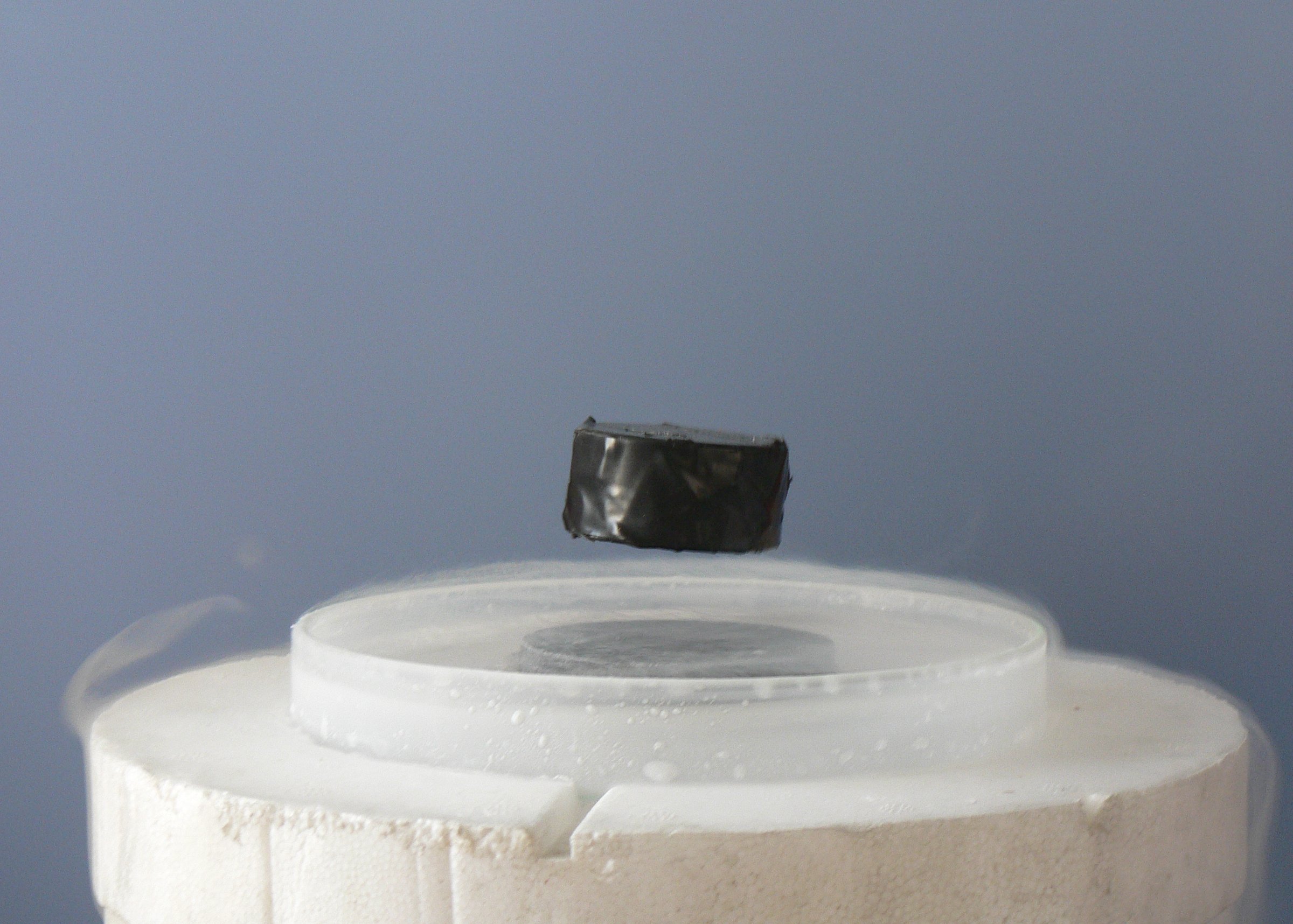Practical applications of Superconductors
- Introduction to Superconductors
- Different Types of Superconductors
- Quantum Mechanics
- Synthesis and Fabrication of Superconductors
- Superconductors and Electronics
- Superconductivity and Energy
- Innovation and the Future of Superconductors
- Reflection and Discussion
Introduction to Superconductors
History and Development of Superconductivity

Electrical conductivity with exactly zero resistance.
Superconductivity, a phenomenon characterized by the complete disappearance of electrical resistance in certain materials when cooled below a characteristic temperature, has a rich and fascinating history. This article will take you through the major milestones in the development of superconductivity.
Discovery of Superconductivity
The story of superconductivity began in 1911 with Dutch physicist Heike Kamerlingh Onnes. Onnes was investigating the properties of mercury at extremely low temperatures when he discovered that its electrical resistance abruptly disappeared at temperatures below 4.2 Kelvin, a phenomenon he termed "superconductivity". This discovery earned him the Nobel Prize in Physics in 1913.
Major Milestones in Superconductivity
In the years following Onnes' discovery, scientists sought to understand the underlying mechanisms of superconductivity. In 1933, German physicists Walther Meissner and Robert Ochsenfeld discovered that superconductors expel magnetic fields, a phenomenon now known as the Meissner effect.
The theoretical understanding of superconductivity remained elusive until 1957 when American physicists John Bardeen, Leon Cooper, and John Robert Schrieffer proposed the BCS theory. Named after its creators, the BCS theory explained superconductivity as a microscopic effect caused by a condensation of Cooper pairs into a boson-like state. The BCS theory was a major breakthrough in the field and earned the trio the Nobel Prize in Physics in 1972.
In 1986, the discovery of high-temperature superconductivity by IBM researchers Georg Bednorz and K. Alex Müller revolutionized the field. They found that certain ceramic materials could become superconducting at temperatures as high as 35 Kelvin. This discovery, which earned them the Nobel Prize in Physics in 1987, opened up new possibilities for practical applications of superconductivity.
Nobel Prizes in Superconductivity
Several Nobel Prizes have been awarded for work in superconductivity. In addition to those already mentioned, the 2003 Nobel Prize in Physics was awarded to Alexei Abrikosov, Vitaly Ginzburg, and Anthony Leggett for their pioneering contributions to the theory of superconductors and superfluids.
Conclusion
The history of superconductivity is a testament to the power of scientific curiosity and the relentless pursuit of understanding. From its discovery in 1911 to the ongoing research in high-temperature superconductivity, the field continues to evolve, offering exciting possibilities for the future.